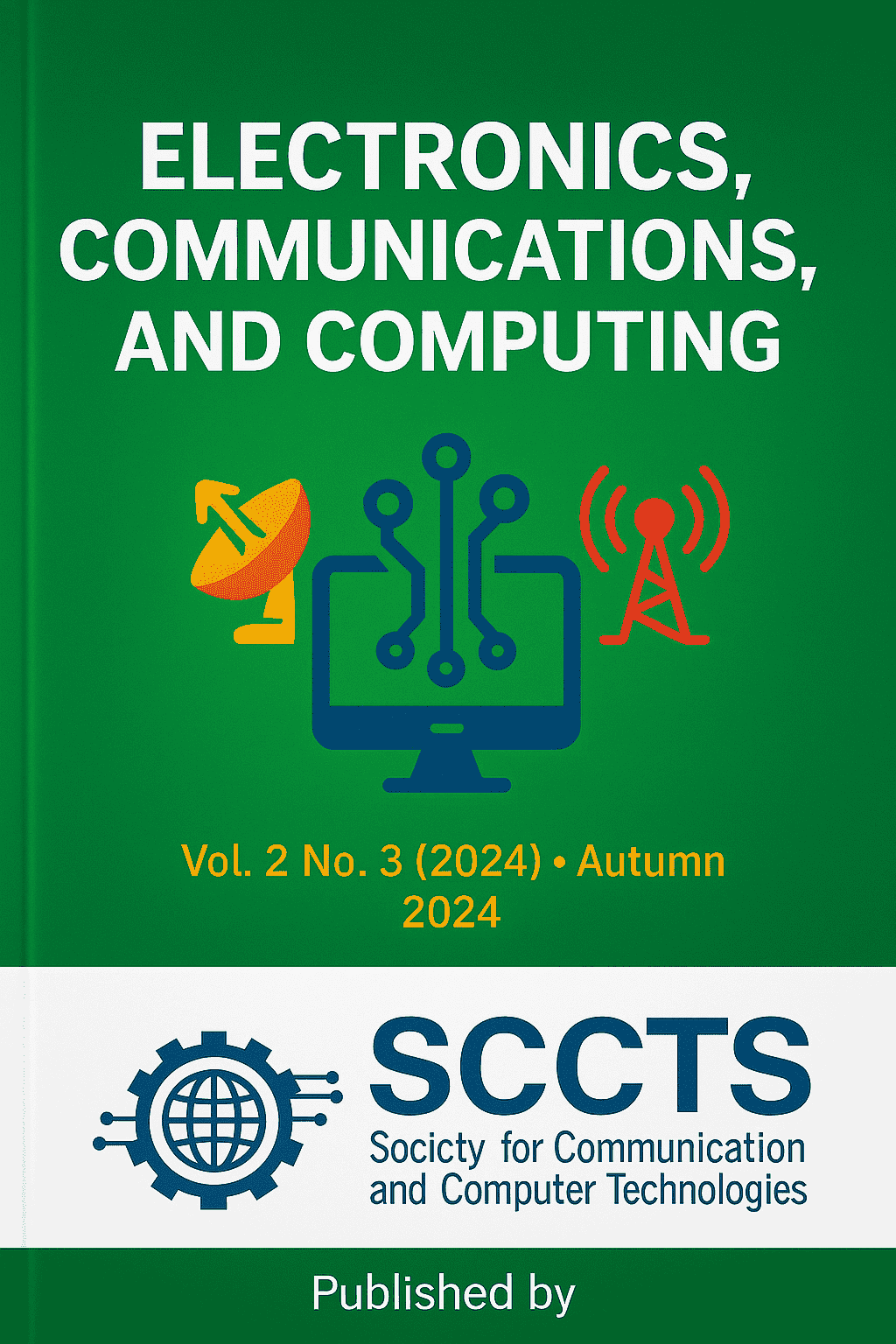Dynamic Metasurface Architectures for Ultra-Efficient Spectrum Sharing in 6G NTN
Keywords:
6G Non-Terrestrial Networks, Intelligent Reflecting Surfaces (IRS), Dynamic Metasurfaces, Spectrum Sharing, Spectral Efficiency, Deep Reinforcement Learning, AI-Based Beamforming, Ray-Tracing Channel Modeling, High-Altitude Platforms (HAPs), Unmanned Aerial Vehicles (UAVs)Abstract
The development of the sixth generation (6G) wireless communications promises to provide high speed networking to the world, particularly to remote or underprivileged areas. An important part of this vision would be the inclusion of Non-Terrestrial Networks (NTNs) that consists of low Earth orbit (LEO) satellites, high-altitude platforms (HAPs) and unmanned aerial vehicles (UAVs). Nevertheless, NTNs are associated with major issues associated with the scarcity of the spectrum dimensions, an unstable propagation scenario, and the expense and inflexibility of the conventional relaying infrastructure. In order to mitigate such shortcomings, this paper suggests a new Dynamic Metasurface Architecture (DMA) infrastructure utilizing Intelligent Reflecting Surfaces (IRS) that will provide spectrum sharing and improved communication efficiency in NTNs. In contrast to conventional relays, the proposed DMA take advantage of reconfigurable metasurfaces that have phase-tunable elements that can dynamically transform electromagnetic wavefronts. This enables real-time steering of the beam and signal reflection sequence enhancing link reliability and spectrum reuse. An AI-based control mechanism, deep reinforcement learning (DRL) framework, is also enabled by the system to adjust the metasurface configurations in the context of different network conditions, the location of users and the interference level. A hybrid simulation environment is constructed and uses 3D ray-tracing to model channels with considerable accuracy and systems level simulations to measure key performance indicators. The obtained results show that the suggested technique can provide a spectral efficiency increase of up to 38 percent in comparison with traditional NTN relaying techniques and achieve significant decreases in signal interferences and support of multiple-user cases. These results confirm the viability and efficiency of moving metasurfaces in the contexts of NTN deployments, as a scalable, energy-saving, affordable network technology to leverage in the future 6G networks. The study prepares the foundation of practical application of IRS-amplified NTNs and emphasifies the importance of AI in maximization of metasurface-based systems to adaptable spectrum access and smart coverage control in future wireless networks.



